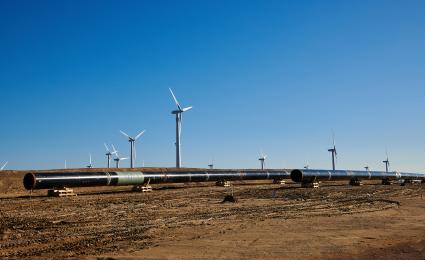Using pyrolysis to treat plastic waste is relatively new approach. Yet employing the technology commercially could open the door to a multibillion euro market.


Balanced Net Zero Pathway
Impact on the UK Electric Grid
The UK was the first G7 nation to pass legislation to reach net zero emissions by 2050, in response to the UN Paris Agreement of 2015 and the Intergovernmental Panel on Climate Change (IPCC) 1.5 C report.
The UK Committee on Climate Change (CCC) published the sixth carbon budget (6CB) in late 2020 – describing the path to Net Zero and the specifics associated with emissions reduction by 2035 and 2050. Key to the UK’s Net Zero ambition is the significant forecast capital investment of c. £50 bn (annual) by 2030 in low carbon solutions.
The committee explored a range of scenarios to reach Net Zero and recommended the Balanced Net Zero (BNZ) pathway as the basis for the sixth carbon budget as well as the UK’s nationally determined contribution (NDC). Low carbon solutions – i.e. electrification of mobility and heating coupled with a continual increase in renewable power generation is key to the UK’s Net Zero emissions abatement curve.
As per BNZ, the pace of emissions reduction is estimated to be most pronounced over the period 2025-2035, as annual per capita emissions continue to drop reaching c. 3tCO2e per individual by 2035.
Impact of Low Carbon Solutions
Electrification and growth in renewable power generation will no doubt have an indelible impact on the nation’s electric grid – e.g. incremental peak load / capacity, quality of power and voltage, loss of system inertia. Increasingly frequent severe weather patterns have the potential to damage grid assets, further compounding the challenge.
The UK’s electric grid will need to evolve and adapt to not only an overall increase in electricity demand and peak loads but also changing consumer usage patterns. Transmission and Distribution systems will need to incorporate a set of foundational (across the entire grid / system) and situational (location specific) capabilities to meet the complex challenges leading into 2035.
Register now to download the full PDF of our Balanced Net Zero Pathway report.






